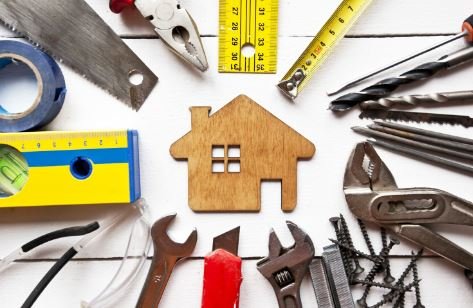No one likes to prolong the arduous process for obtaining a home loan any longer than it needs to be. There are a number of things at stake such as rate locks, dates for closing, costs incurred during the process, etc. As an appraiser qualified and approved to complete appraisal assignments for loans that are insured by FHA, USDA and the VA, there are a number of repairs that come up regularly that definitely prolong the process and cost the borrower additional fees. When a loan is insured by these entities, they require an added layer within our scope of work to include being aware of any items within the property that affect what we term the 3 S’s: safety, soundness and security.
Safety: those items that are deemed to be a safety risk
Soundness: the integrity of the structural improvements
Security: those marketable factors that would be necessary to secure financing; does the property have typical features for the market area that deem it a marketable property
When an appraiser is at the property for these types of loans, these are the components that become part of the observation process. Finding repairs will prolong the process by making the borrower/owner complete the repairs as a condition of the loan funding and requiring the appraiser to schedule an additional appointment to determine if all repairs were complete, which costs the borrower an additional fee.
For the purpose of this brief article, I will only note those items that affect the safety and soundness of the property. Here are some of the common items that I encounter:
- Electrical safety issues that include: missing electrical outlet/switch covers; exposed wires that are not capped and enclosed in a secured junction box; covers not installed on electrical panels; main electrical panels still serviced by Federal Pacific Stab-lok breakers; frayed exterior insulation on the main incoming wire; missing weather cap on the upper portion of the main incoming wire; missing GFCI outlets on circuits near water sources such as the laundry room, bathroom or kitchen; missing weather covers on exterior outlets
- Settlement issues that are noted by significant gaps in the mortar missing between the foundation blocks or stone; cracks that are seen going through the block and not through the mortar; shifted blocks; bowing walls in the basement
- Water issues that are noted as standing water in the basement; discoloration that appears to be possible mold; leaking pipes; missing gutters; ponding water on the exterior near the foundation; missing gutters
- Houses that are built prior to 1978 that have cracked, peeling, bubbling or flaked paint anywhere on the interior or exterior and on any of the property improvements (including fences, sheds, garages, barns, etc) as there is the risk of possible lead based paint issues
- Any house (regardless of the year constructed) that has wood exterior surfaces with missing, cracked, peeling, bubbling or flaked paint as this surface needs to be protected from deterioration by being exposed to the elements
- Missing handrails/railings on stairways and porches that present a safety hazard; while there are no specific height limitations or requirements, typically any stairway with more than 3 risers should have a handrail and those openings with more than a 30” height should have railings that are at least 36” high; while these are general guidelines, it is best to check with the local codes to ensure that any local requirements are being met
- Doors that open over the top of stairways need to be reversed so that they open opposite the direction of the stairway
- Doors between the garage and any living area of the home need to be a fire rated door
This list is not all encompassing but is a compilation of the most common problems found that need to be addressed as a part of the loan process. Having this information and addressing the issues prior to the appraiser appointment will only serve to save the homeowner time and money for an additional inspection by the appraiser to determine that all the repairs were made in a professional and workmanlike manner.

